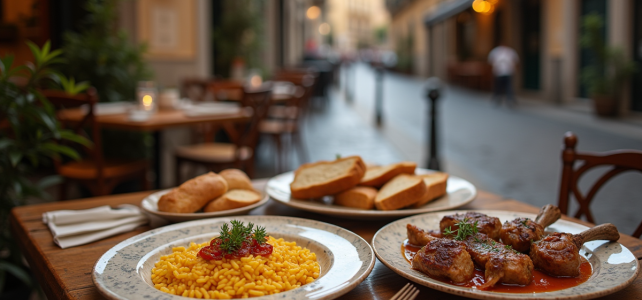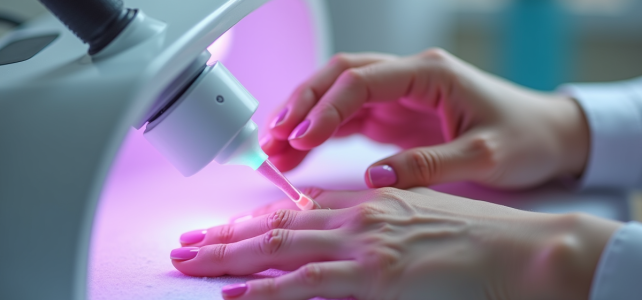
Un simple « bip » qui s’invite dans votre quotidien. Pas d’angoisse, pas de blouse blanche dans le couloir, juste une alerte discrète sur l’écran du téléphone : c’est l’heure du traitement. Ce réflexe, anodin en apparence, s’est glissé dans…
Notre actualité

Un simple « bip » qui s’invite dans votre quotidien. Pas d’angoisse, pas de blouse blanche dans le couloir, juste une alerte discrète sur l’écran du téléphone : c’est l’heure du traitement. Ce réflexe, anodin en apparence, s’est glissé dans…

Un risotto qui ne s’affiche sur aucune carte, une trattoria sans nom cachée derrière des volets usés, et chaque jeudi, les habitués du quartier qui s’y pressent comme sur un secret bien gardé. À Milan, la gastronomie se chuchote, se…

La motivation dans les jeux en ligne, c’est un peu comme une barre de vie : elle peut grimper en flèche… ou fondre sans prévenir. On démarre la partie avec l’énergie d’un sprinteur, prêt à tout donner, puis, parfois, la…

La touche Windows : ce petit carré discret peut transformer un ordinateur en scène de magie. À condition de connaître les incantations qui vont avec. Les menus déroulants et les clics interminables ? Bons pour les archéologues du numérique. En…

Un vélo qui vous chuchote la route à suivre. Une voiture qui devine vos insomnies musicales et cale la playlist avant même que vous ayez tourné la clé. Aujourd’hui, nos compagnons de route ne se contentent plus de nous trimballer…

Un virement à l’heure où le monde dort, sans quitter le canapé ? Jadis, c’était le privilège des romans d’anticipation. Aujourd’hui, c’est devenu la norme. Fini l’attente interminable, le ticket numéroté dans la main, l’œil perdu entre deux affiches défraîchies…

Un étudiant pianote frénétiquement sur sa tablette, mais ce n’est pas pour commander une pizza : il réinvente sa façon d’apprendre, à coups d’applications et de réalité virtuelle. Les amphithéâtres s’effacent derrière des écrans interactifs, et les cahiers prennent la poussière.…

Un geste. Une promesse. Une poignée de secondes pour confier ses secrets à une plateforme dont on ignore presque tout. On clique, on s’abonne, on sourit — et la confiance, elle, s’accorde souvent sans tambour ni trompette. Qui s’arrête encore…

Un ticket de caisse abandonné traîne sur un bureau, discret témoin de l’ordinaire. Pourtant, il en dit parfois bien plus qu’un bulletin de salaire officiel. Pendant que certains comptent le moindre euro espérant un léger mieux en fin de mois,…

Une tablette posée sur la nappe en dentelle, un doigt hésitant sur l’écran : voici le nouveau visage du sport. Fini le temps où il fallait s’entasser dans un bar ou négocier la télé du salon. Désormais, chaque coin de…

Un consultant japonais raconte comment un simple emoji a multiplié par dix le taux de clics d’une page ignorée jusque-là. Autour de lui, des spécialistes venus de cinq continents s’interrogent : faut-il tout miser sur l’IA, privilégier la nuance ou…

Un maire qui scrute fébrilement son téléphone pour un message urgent, un agent territorial qui jongle entre trois boîtes mail sans jamais savoir où se trouve l’information capitale : voilà le quotidien numérique de trop de collectivités. Les échanges professionnels…

Un ongle qui se brise à la veille d’un rendez-vous marquant, et c’est tout un planning qui vacille. Pourtant, derrière chaque main parfaitement soignée, il y a un complice discret et redoutablement efficace : le gel UV. Finies les couches de…